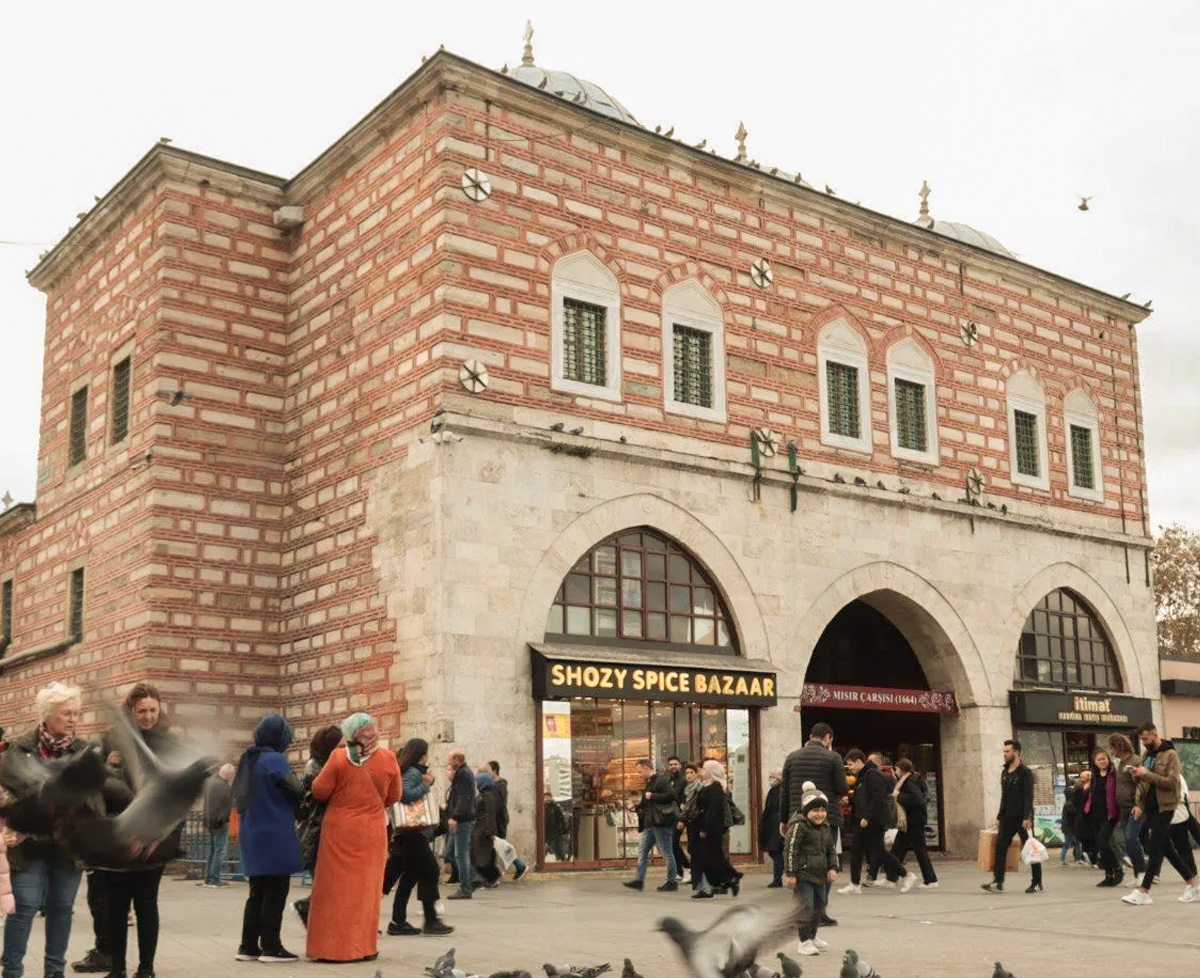Spice Bazaar
The Heart of Istanbuls Spice Trade
 Spice Bazaar is a historical covered bazaar located in Eminönü, Istanbul, behind the New Mosque and next to the Flower Market. It is known as one of the oldest covered bazaars in Istanbul.
Spice Bazaar is a historical covered bazaar located in Eminönü, Istanbul, behind the New Mosque and next to the Flower Market. It is known as one of the oldest covered bazaars in Istanbul.
This famous bazaar is famous for its apothecaries and still sells traditional products such as natural remedies, spices, and flower seeds, as well as nuts, delicatessen items, and various food items. It is said that there was a market called Makro Envalos in the same place during the Byzantine period. The current building was built in 1660 by Turhan Sultan for the chief architect of the Sultanate, Kâzım Ağa.
Initially called the New Bazaar or Valide Bazaar, this building was allegedly built with taxes collected from Egypt and took its current name after the 18th century. The bazaar, which has survived two major fire hazards, was last restored by the Istanbul Municipality between 1940 and 1943. The L-shaped building next to the New Mosque has six doors. One of them is known as the Haseki Gate. The upper floor once housed a court and was used as a place where merchants could resolve their disputes.